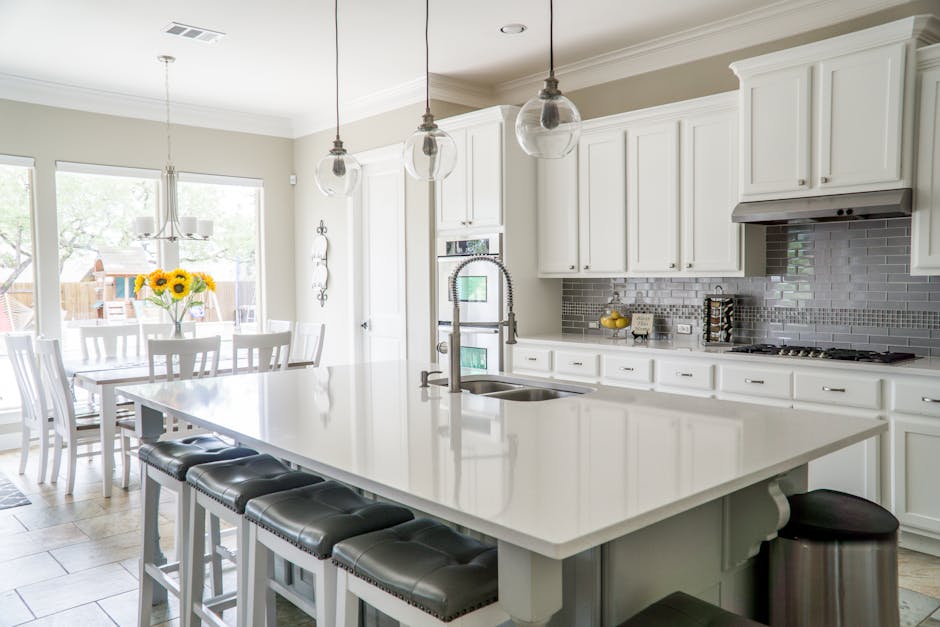Revolutionize Your Cooking: Transforming Your Kitchen with a Herb Garden

Revolutionizing your cooking can be as simple as transforming your kitchen with a herb garden. Imagine the joy of plucking fresh basil for your pasta sauce, or snipping some rosemary for your roast chicken. Not only does it add a burst of flavor to your dishes, but it also brings a touch of greenery to your kitchen, making it a more inviting space.
Starting a kitchen herb garden is easier than you might think. All you need is a sunny windowsill, some pots, and your favorite herbs. Most herbs thrive in well-drained soil and need at least six hours of sunlight each day. If your kitchen doesn’t get enough natural light, don’t worry. You can always supplement it with a grow light.
When choosing herbs for your kitchen garden, think about the dishes you love to cook. If you’re a fan of Italian cuisine, you might want to grow basil, oregano, and rosemary. If you love Asian dishes, consider growing lemongrass, Thai basil, and coriander. The beauty of having your own herb garden is that you can grow exactly what you need.
Once you’ve chosen your herbs, it’s time to plant them. You can start from seeds or buy young plants from a nursery. If you’re starting from seeds, plant them in a seed tray filled with seed compost. Keep the soil moist and in a warm place until the seeds germinate. Once the seedlings are big enough, you can transplant them into pots.
Taking care of your herb garden is a rewarding task. Water your herbs when the top inch of soil feels dry to the touch, and make sure the pots have good drainage to prevent waterlogging. Regularly pinch off the tips of your herbs to encourage bushy growth and prevent them from becoming leggy.
Harvesting your herbs is just as easy. Simply snip off what you need with a pair of scissors. Most herbs are best harvested just before they flower, when their oils
The Ultimate Guide to Creating a Herb Garden in Your Kitchen
Transforming your kitchen with a herb garden is not only a fantastic way to add a touch of greenery to your space, but it also provides a fresh, flavorful addition to your meals. Imagine the satisfaction of reaching over to your windowsill to pluck fresh basil for your pasta sauce or mint for your mojito. It’s a simple pleasure that can make a world of difference in your culinary adventures.
Starting a kitchen herb garden is easier than you might think. You don’t need a green thumb or a large space. In fact, most herbs thrive in small pots and require minimal care. The first step is to choose the right herbs. Consider what you frequently use in your cooking. Basil, parsley, thyme, rosemary, and mint are all excellent choices. These herbs are not only versatile in the kitchen but also adapt well to indoor growing conditions.
Once you’ve selected your herbs, it’s time to consider the containers. You can use anything from traditional terracotta pots to mason jars or even repurposed tin cans. The key is to ensure that whatever you choose has adequate drainage. Herbs don’t like to sit in water, and poor drainage can lead to root rot.
Next, let’s talk about location. Herbs need plenty of sunlight to grow, so a sunny windowsill is ideal. Most herbs require at least six hours of sunlight each day. If your kitchen doesn’t get enough natural light, don’t worry. You can supplement with a grow light.
Now, onto the planting process. Fill your containers with a good quality potting mix, plant your herbs, and water them well. It’s important not to overwater, though. A good rule of thumb is to water when the top inch of soil feels dry to the touch.
Once your herbs are planted, it’s all about maintenance. Regularly trim your herbs to promote bushy growth. Don’t be afraid to use them in your cooking, either. The
